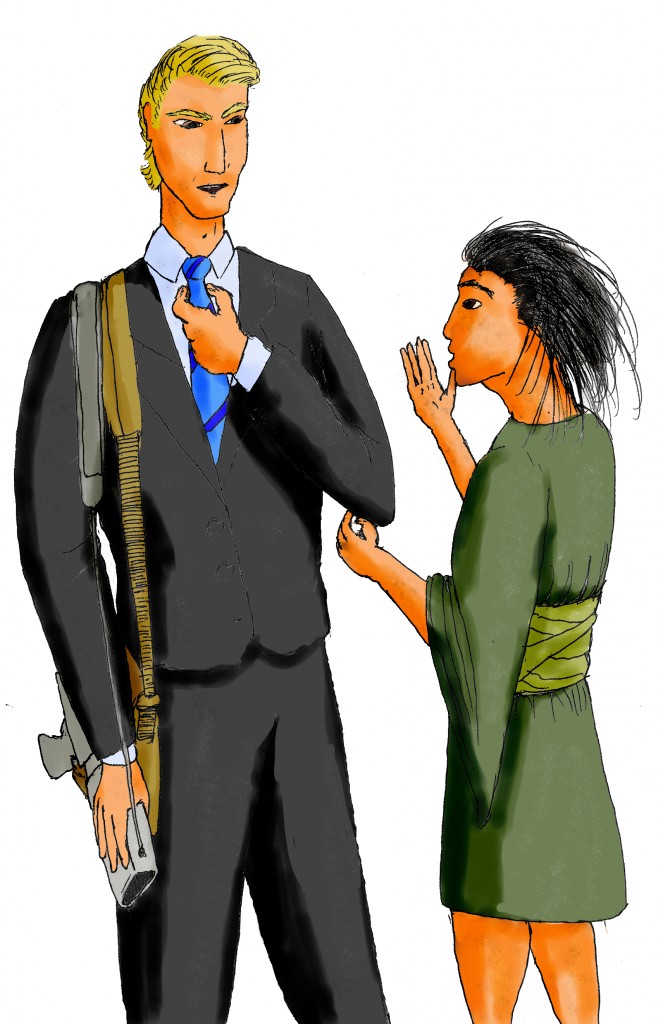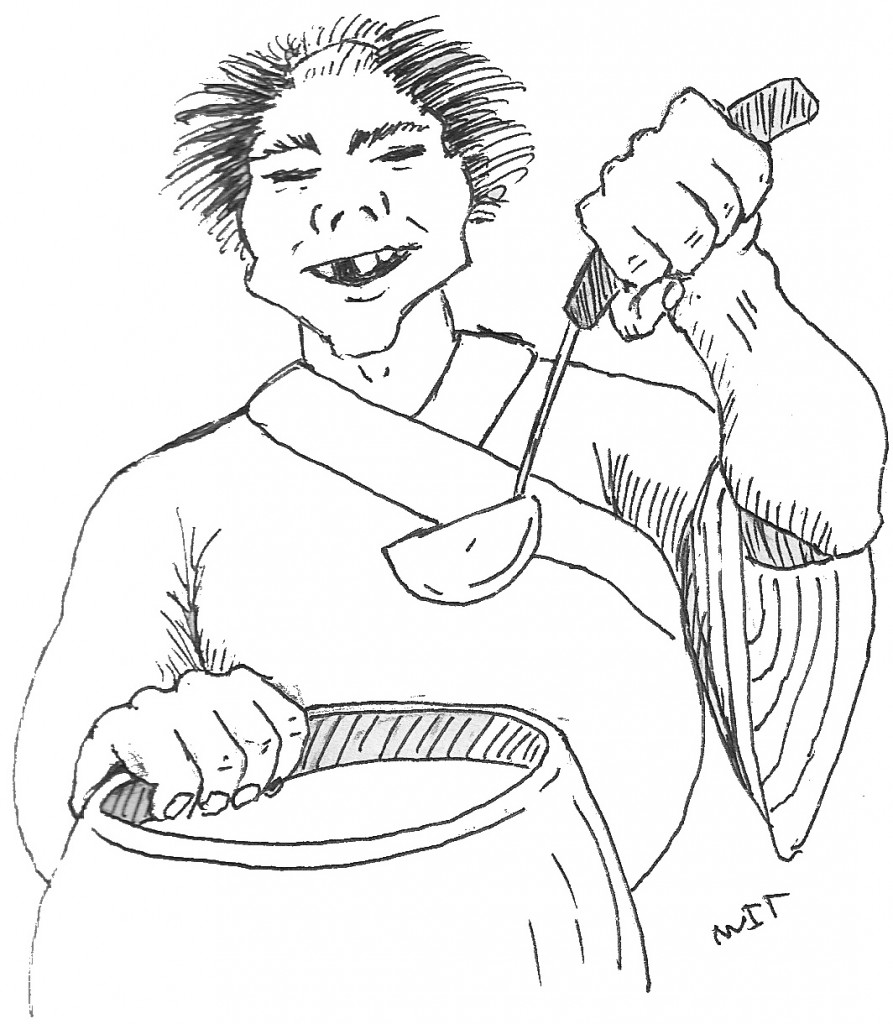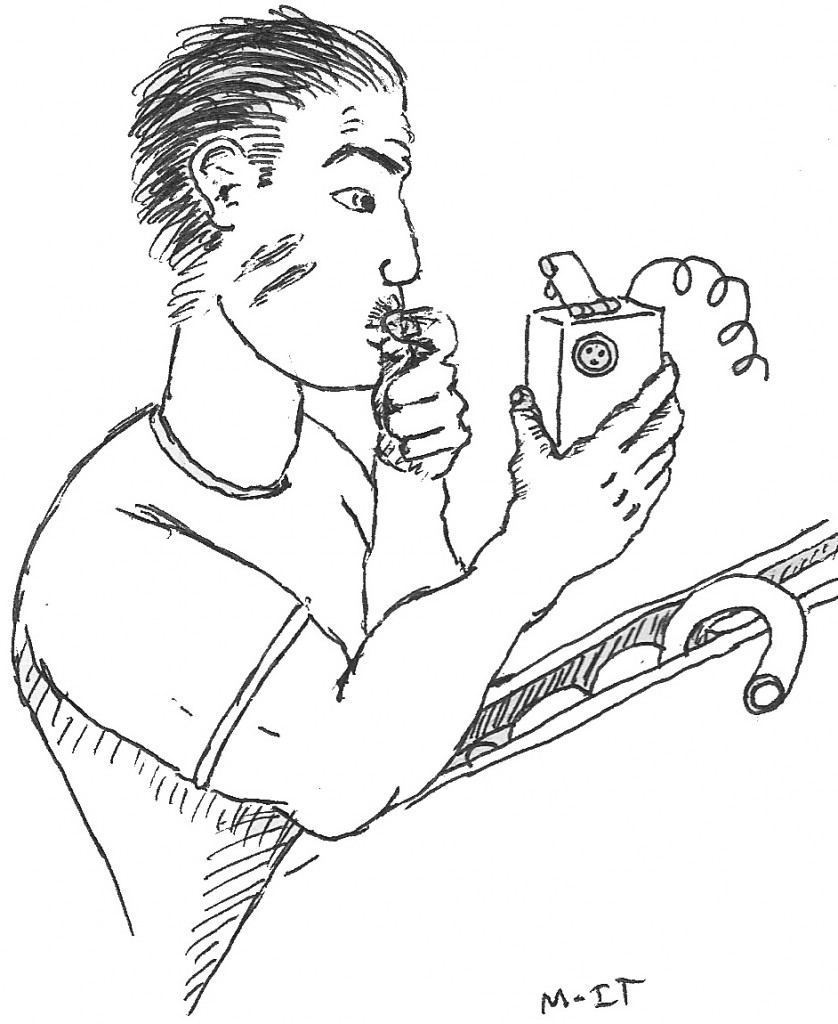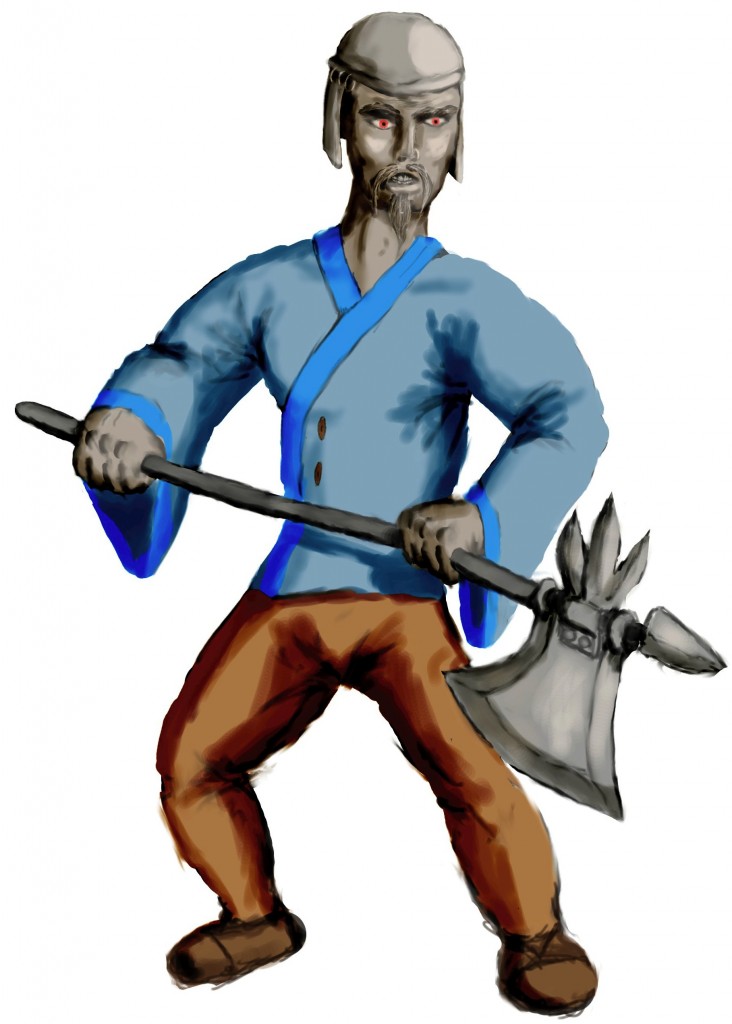In the ongoing theme that RPGs are complicated and new players need time to ease into them, I wanted to talk about goals that the players set for their characters. I was again putting the cart before the horse. Setting goals seems like a simple enough concept but it’s not. That idea is premised on the player understanding (at least subconsciously) that their character is a pet. A player character may be the first virtual pet (and then came Tamagotchis).
I don’t know if that makes immediate sense even to a seasoned role player so I’ll explain the concept a bit. When a player first is introduced to role playing, they make a character. To them this character is comparable to a piece on a chess board. They are moved around as the rules say they should be and little else. Unlike a board game piece, the player finds that their character doesn’t always do what they expect it to do. It sometimes does what they want and they are disappointed. Then it does well in a situation and the player is proud of their character. It is at this point that the player begins to think of the character as a pet. Not overtly, but they start to do all the things they would do for a pet. They start to think of it’s needs. They feed it, (if only with gold coins) and they may even put it to bed when it’s tired. Now they start to protect it and wonder if their character has desires. What does my character want?
It is only at this point that a player starts to think in terms of goals for their character. Before this, the game is simply an question of mastering the events that the GM presents. After a player starts to treat their character like a pet, they now can imagine virtual needs and wants beyond what is presented strictly in the rules.
This is not an automatic process. Long time players imagine that it is because it happens under our radar. We are not conscious of it happening and up until recently I wasn’t either.
Not convinced? Have you ever talked with someone that was really into their dog. The ones that make cloths for it and cook it’s food? You know what those conversations are like. Now replace ‘dog’ with ‘character’. Did you start to see it?
Imagine that someone’s cat dies, would you tell them “Hey it’s okay, just get another one”? Tell me if this statement is any different to a role player when their character dies “Hey it’s okay, just roll up another one.”
The important point is, that because it’s not a real living thing, a new player takes time to make the connection to their character. A furry dog or cat is easier because it’s soft and warm. Having a virtual pet is more like having a spider or a snake as a pet, not everyone accepts it as a “good” (or enjoyable) pet. I don’t know if telling them that it’s a virtual pet will speed their progression or turn them off before they intuitively make the connection. I’m hoping that identifying these stages helps a GM to understand what will make a game enjoyable to each player.
Footnote: The Utility of Understanding Characters Are Virtual Pets
I think this is a useful tool for discussing why RPGs are fun. Traditionally when non-players see the devotion that role players attach to their characters it seems strange to them. They don’t ‘get it’. The language isn’t fully there but explaining that a character is like having a pet and there are varying degrees of devotion that pets engender can help explain the situation. Just like a dog or a cat, we interact with this virtual pet and build up a history with it. Some people have lots of pets and they give some attention to each. Others have only one that they cherish for a long time.
What do you think?






 The Free RPG Blog
The Free RPG Blog